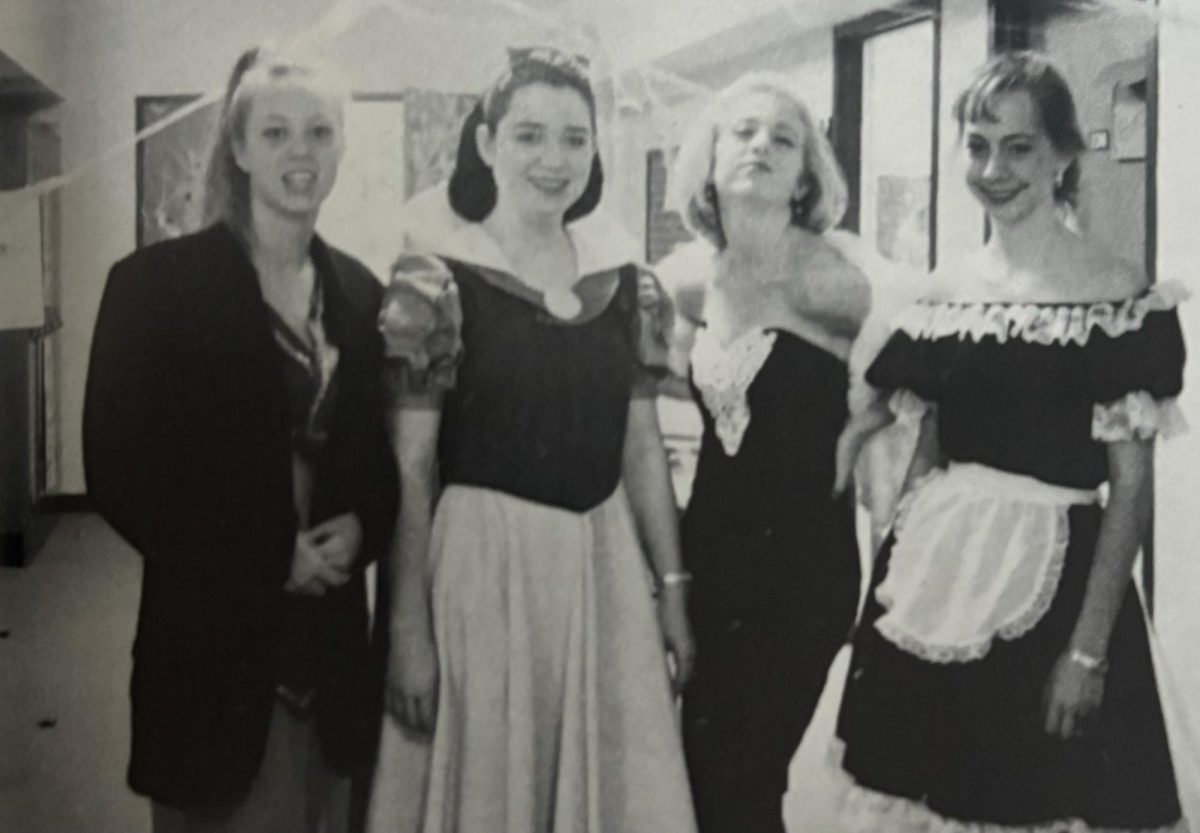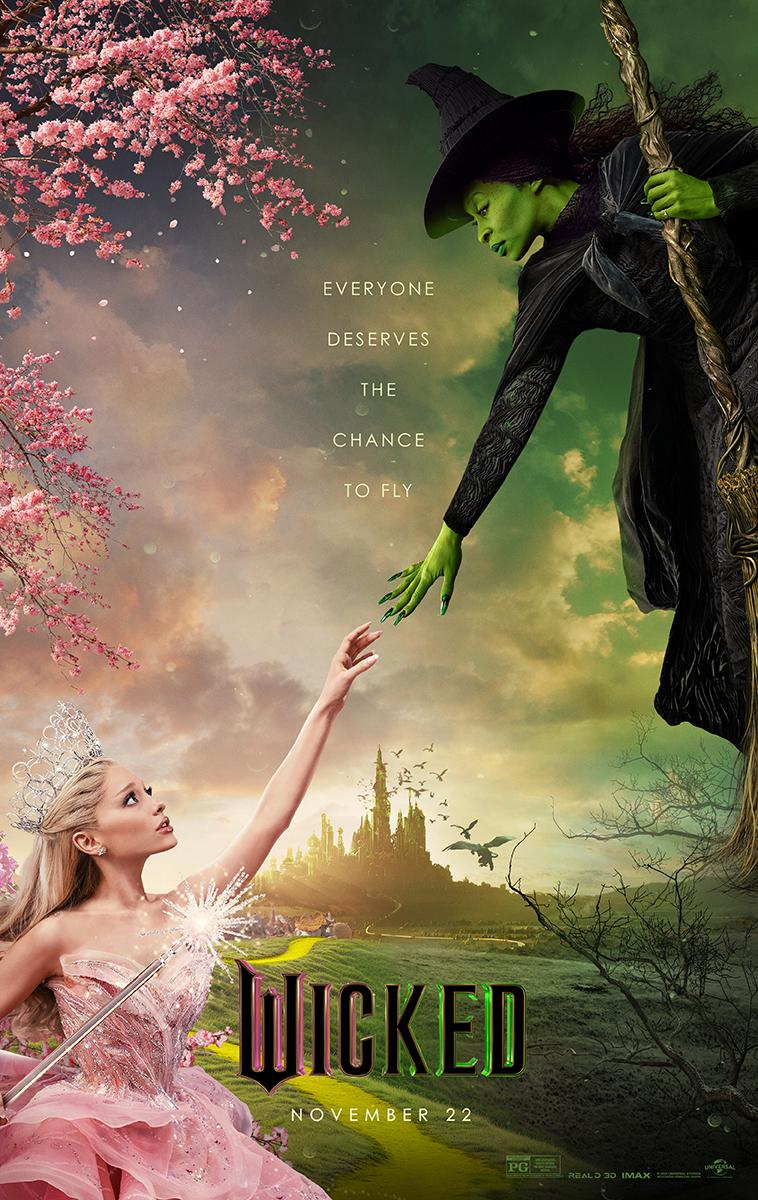Our obsession with superheroes and why we never grow up
As Americans slog through this ongoing era of widespread economic hardship and administrative dysfunction, any hope of relief may seem just a pipedream. That’s where Hollywood steps in.
In 1951, Hollywood gave us Superman. In his first full-length feature, our hero saved the humans from their own folly by leading them to make peace with a race of alien creatures. But wait—this story sounds eerily familiar.
In 1966, Hollywood gave us Batman, a hero dressed up like a bat who battles evil forces to save the squabbling human race, thereby returning the world to a state of equilibrium.
Ten Supermen and sixteen Batmen later, Hollywood is still churning them out. The next live-action Batman installation, “The Dark Knight Rises,” is expected to hit theaters July 2012, followed by the next Superman installation, “Man of Steel,” expected in June 2013. In the meantime, movie-goers will view the other fifty-some-odd superhero movies that are pushed in their direction. Despite the critics’ predictions, superhero movies have not lost demand. In fact, they are gaining more box office success now than ever before.
The latest in the superhero category, “Captain America: The First Avenger,” which follows the creation of one of history’s lamest superheroes, and incidentally one of the few who, until this summer, had not yet been exploited on the silver screen, met huge box office success, grossing a total of $329,593,783 worldwide. So what is it that makes these storylines last through the millennia? What exactly is the appeal of a superhero movie?
The story is nothing new: some other-worldly or chemically engineered being of immense power must face obstacles—often some combination of inner turmoil, human folly, and villainous masterminds—to save the world from impending doom. These stories have been around since the birth of history, perhaps even earlier. Wherever there are humans, it seems, there are stories about super-humans. The only significant difference between the heroes of ancient times and those of today seems to be that the latter are, in most cases, fully clad.
At one time, like their comic book predecessors, superhero films catered to a select audience—one without girls, and gradually, as more and more television serials were aimed at America’s youth, one that excluded a vast majority of adults. And then the comic book industry collapsed. In the following decades, the superhero fandom dwindled to near extinction. As comic books went out of fashion, so did their on-screen counterparts. The genre was literally and metaphorically put in the closet.
However, in the past decade, it has gone through a sort of underground revolution. Suddenly, it’s not so shameful to be a fan of such characters as Thor and Captain America. Girls are included in the fan base, along with older, “cooler” males. This is due in part to Hollywood’s willingness to cater to the adolescent mind. When attractive males are cast in leads, female viewership increases, and the same holds true for curvaceous females and male viewership. An increased sexualization of superhero stories has helped to boost viewership among young adult audiences. 47.5 percent of Hockaday girls have seen more superhero movies in the past four years than in previous years, while 28.8 percent have seen the same number. Clearly, superheroes are no longer something one simply grows out of. To be “geeky” is to be up on the latest trend. The retro age is being reborn, and with it, superheroes are back in style.
But I can’t help wonder if something else is driving this sudden resurgence. There were more superhero films produced in 2008 than in any other year, more even than in the Golden Age of Comic Books. This also happens to be the year of a massive liquidity shortfall in the US banking system, an unprecedented rise in food and gas prices, the collapse of the US housing bubble, an enormous increase in foreclosures and bankruptcies, skyrocketing unemployment rates, all of which made up the worst financial crisis since the Great Depression of the 1930’s. Today, we are still coping with its aftershocks. So what does this have to do with superheroes?
Imagine you’ve lost your job. You can’t pay for a proper meal, you’re behind on your housing payments, your stocks have fallen almost into nonexistence, and half of the world is in the same boat. For just $7.89 (the average price of a movie ticket in 2010), you can buy an escape, but not just any escape, you can buy your way into the shoes of Mary-Jane Watson or Vicki Vale, even if just for 111 minutes (the average length of a feature film, plus an extra minute for the time it takes to walk out of the theater and back into the world where corrupt politicians don’t get socked by super-humans). Here, despite all the evil in the world, you can breathe easy knowing you’re protected by a hunky superhuman who will always arrive just in the nick of time to sweep you from the bad guys. The simplicity in these stories, even the evident perpetuation of gender stereotypes, is oddly comforting.
Perhaps this explains our undying attraction to the genre, especially in hard times. They play on our most primal instincts. They fulfill a centuries-old dream of a fair and peaceful world. The sad part is—we’ve accepted that we can’t achieve such a world on our own.
In 1951, it was Superman who stopped the mob and led the humans to a peaceful settlement. It was Batman who beat out the bad guys of Gotham time and time again, only to be despised by many of the people he protected. We go to superheroes because we can’t imagine doing it ourselves. We feel powerless, so we invent humans (or anthropomorphic beings) of great power to protect us. For men, it is a chance to be the hero with not a single Joule of effort. For women, it is care and protection. Sure, the driving impulses are childish, but they have lingered on for thousands of years. Superheroes are not just a trend. They help us endure hard times until we gain enough courage to step out of the shoes of Mary-Jane or Vicki and into the suit of the superhero himself.
Granted, much of the superheroes’ success is due to the fact that, by the time one exits the theater to realize she is even further behind on her payments than she was before, there will almost inevitably be another superhero movie waiting to light up the theaters.
– Annabel




